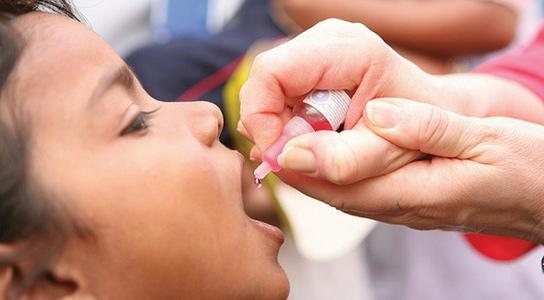
A UN report has described Indias water pollution situation as alarming. It has been dubbed as a a time-bomb. The stinking report suggest that India is able to treat just 10 % of its city sewage and industrial waste discharge, the most polluting source for rivers and water bodies.

Presently, only about 10% of the waste water generated is treated; the rest is discharged as is into our water bodies. Due to this, pollutants enter rivers, lakes and the groundwater, the Unicefs water situation in India “ situation and prospects report said.
The report also said the drinking water, which ultimately ends up in our households, is often highly contaminated and carries disease-causing microbes. And, its victims are mostly children. Government studies have shown that a major cause of under-five child mortality was water-borne diseases.
The report highlighted that water source for over half of the Indians living in two major river basis ” Ganga and Brahmaputra ” was highly contaminated. An evidence of that was rising number of arsenic-affected areas in Bihar and West Bengal despite the government spending crore of rupees. Situation in rich agriculture areas of Indias wheat bowl ” Haryana and Punjab ” is no better with high pesticide contamination.
The report said there was no model in India that shows best ways to tackle the waste water generated through the industrial and domestic sectors. The agencies responsible for checking industrial pollution have failed. Pollution contributes to water scarcity by contaminating freshwater resources, the report said.

Be a part of Elets Collaborative Initiatives. Join Us for Upcoming Events and explore business opportunities. Like us on Facebook , connect with us on LinkedIn and follow us on Twitter , Instagram.











